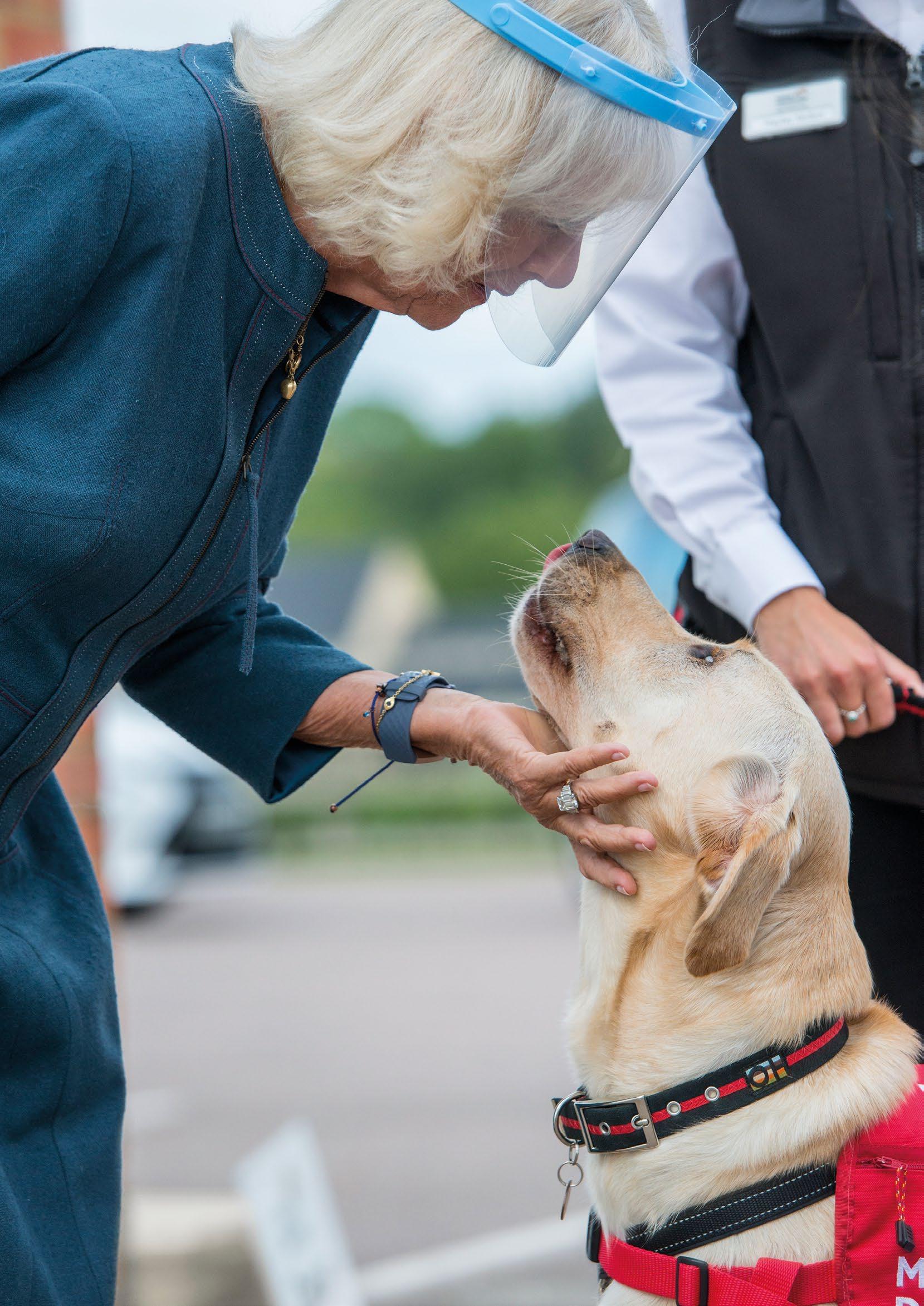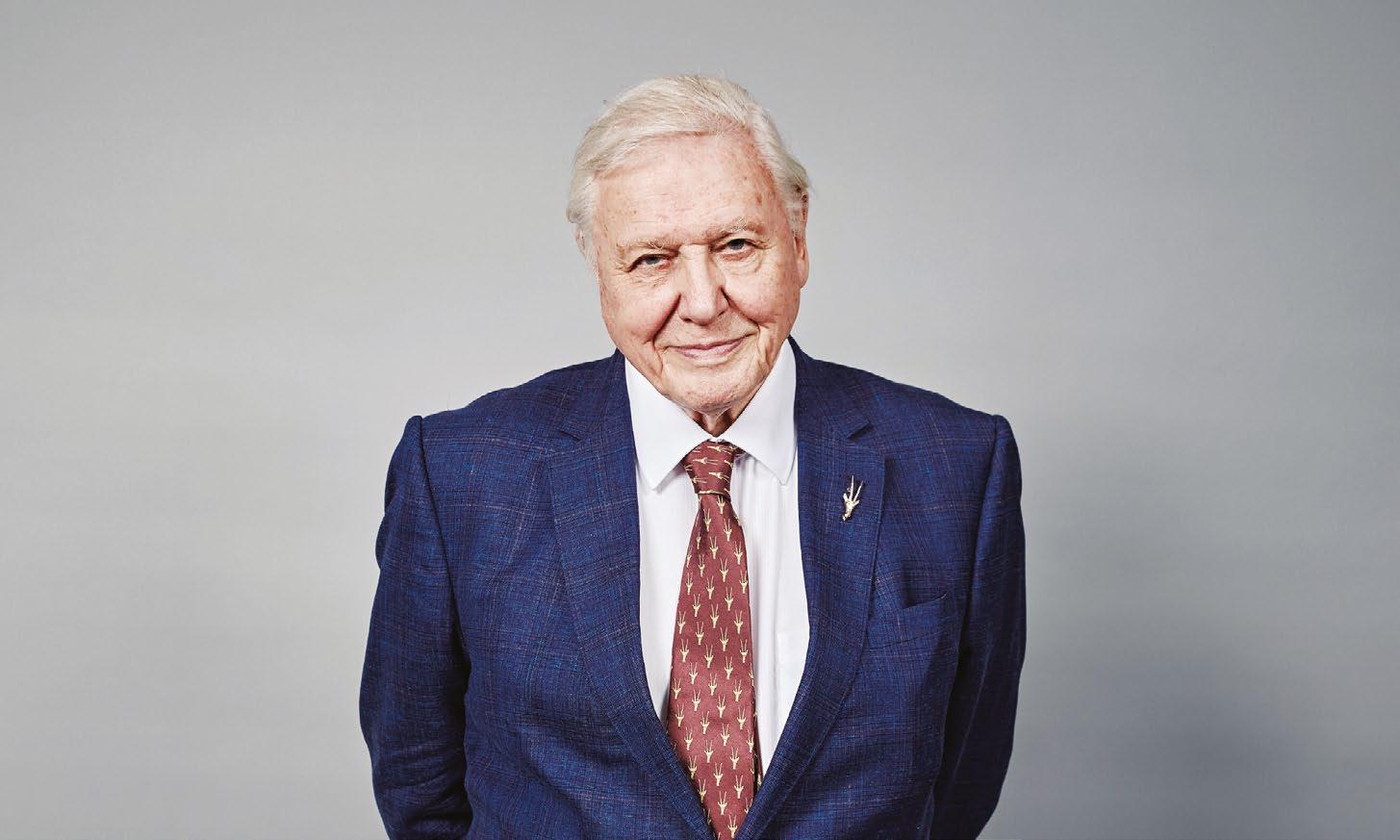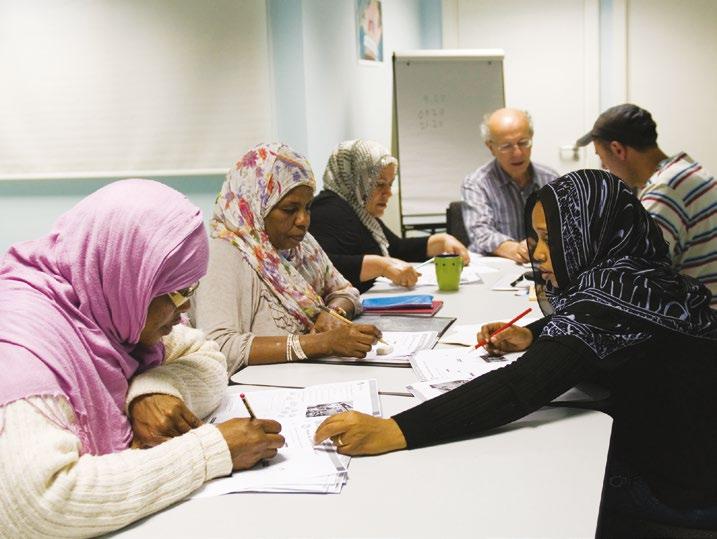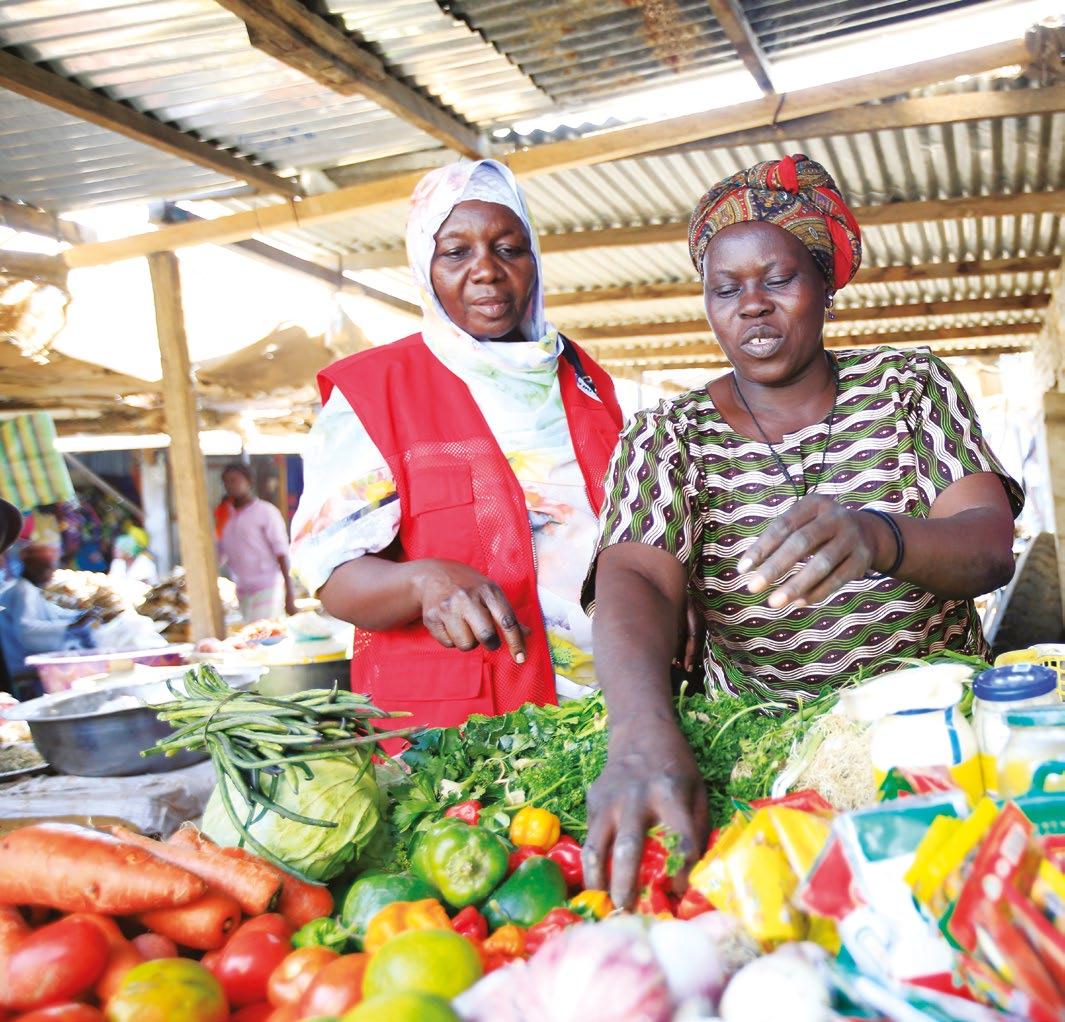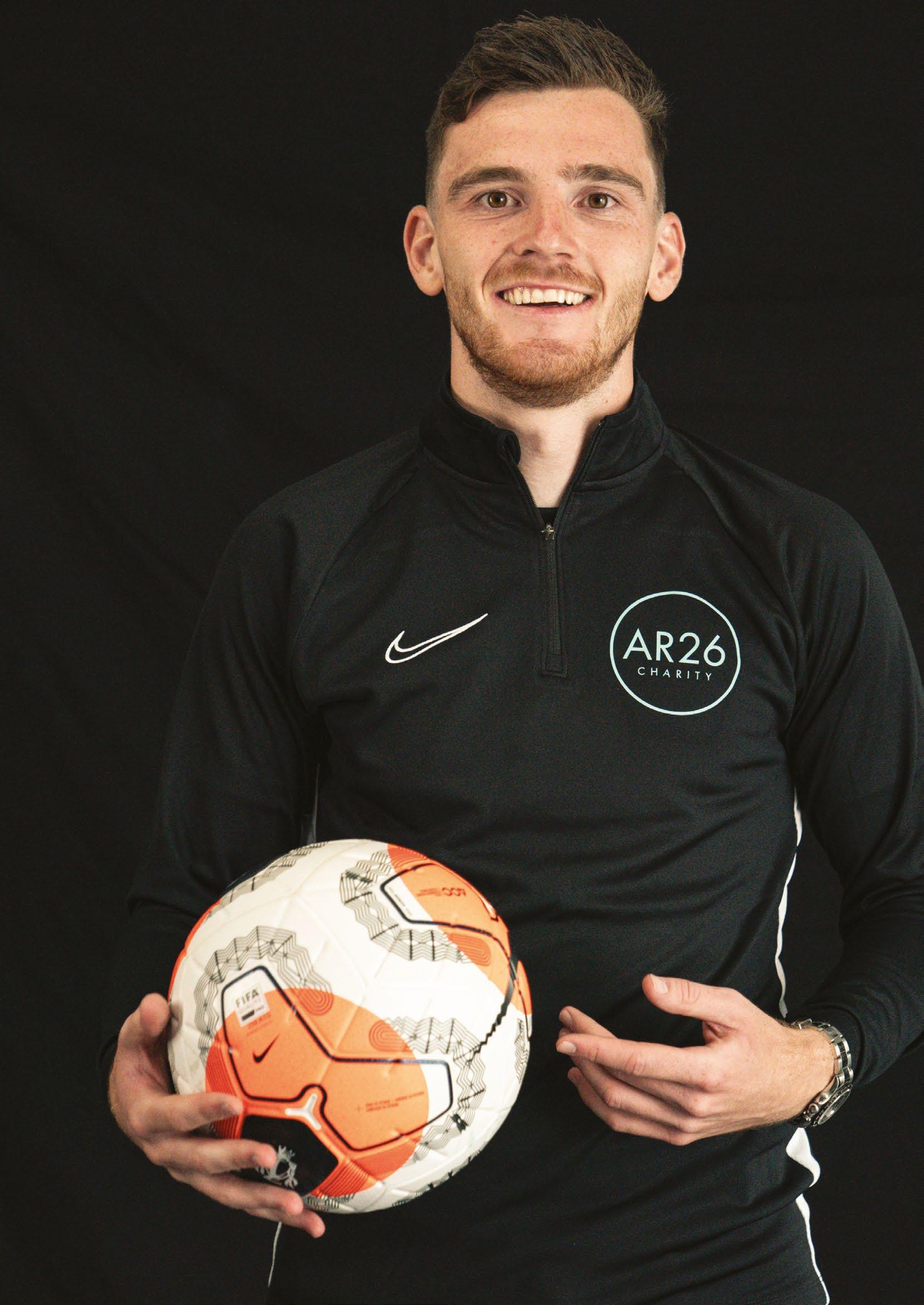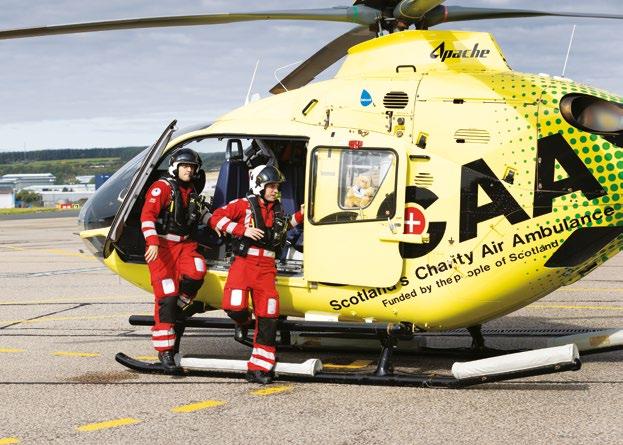
5 minute read
Decade of dreams
from Giving Magazine 2020
by cityam
dreams of DECADE
People’s Postcode Lottery’s Dream Fund is ten years old. To celebrate a decade of dreams, Laura Chow, Head of Charities, chooses her top five inspirational winners.
THE Dream Fund challenges charities across the UK to think big, be bold and innovate. For ambitious charities, it’s the chance to bring their dream project to life in partnership with others.
In the course of the decade since the Dream Fund launched in 2010, 32 winners have been awarded a total of more than £16 million. The size of the funding pot has expanded every year, from £350,000 in its first year to a whopping £4 million in 2020.
And the size of the awards has grown substantially too since the first £98,000 was awarded for Edinburgh’s Innertube project. The most recent Dream Fund winner – the Wild Oysters project, a partnership between the Zoological Society of London, Blue Marine Foundation and British Marine – was awarded a game-changing £1.18 million in August this year.
So, what makes a successful Dream Fund application? Our winners demonstrate a truly innovative approach to tackling a challenging social or environmental issue, and work in (often diverse) partnership. They are also expected to create a legacy with the help of the funding they’ve received thanks to players of People’s Postcode Lottery.
1
INNERTUBE
LED BY: THE BIKE STATION
The very first Dream Fund winner, back in 2011, was chosen from four finalists and awarded £98,000. The project aimed to promote active travel in Edinburgh by mapping the city’s extensive network of off-street cycle paths for the first time and in a user-friendly way, in the style of the iconic London tube map.
Innertube attracted attention because it was creative, educational, informative and aligned with green travel and health and wellbeing priorities. With hindsight, it has also proven to have longevity. Engaging and very practical, the map is still in use and an updated edition was recently published.
innertubemap.com
2
CHILD RESCUE ALERT
LED BY: MISSING PEOPLE
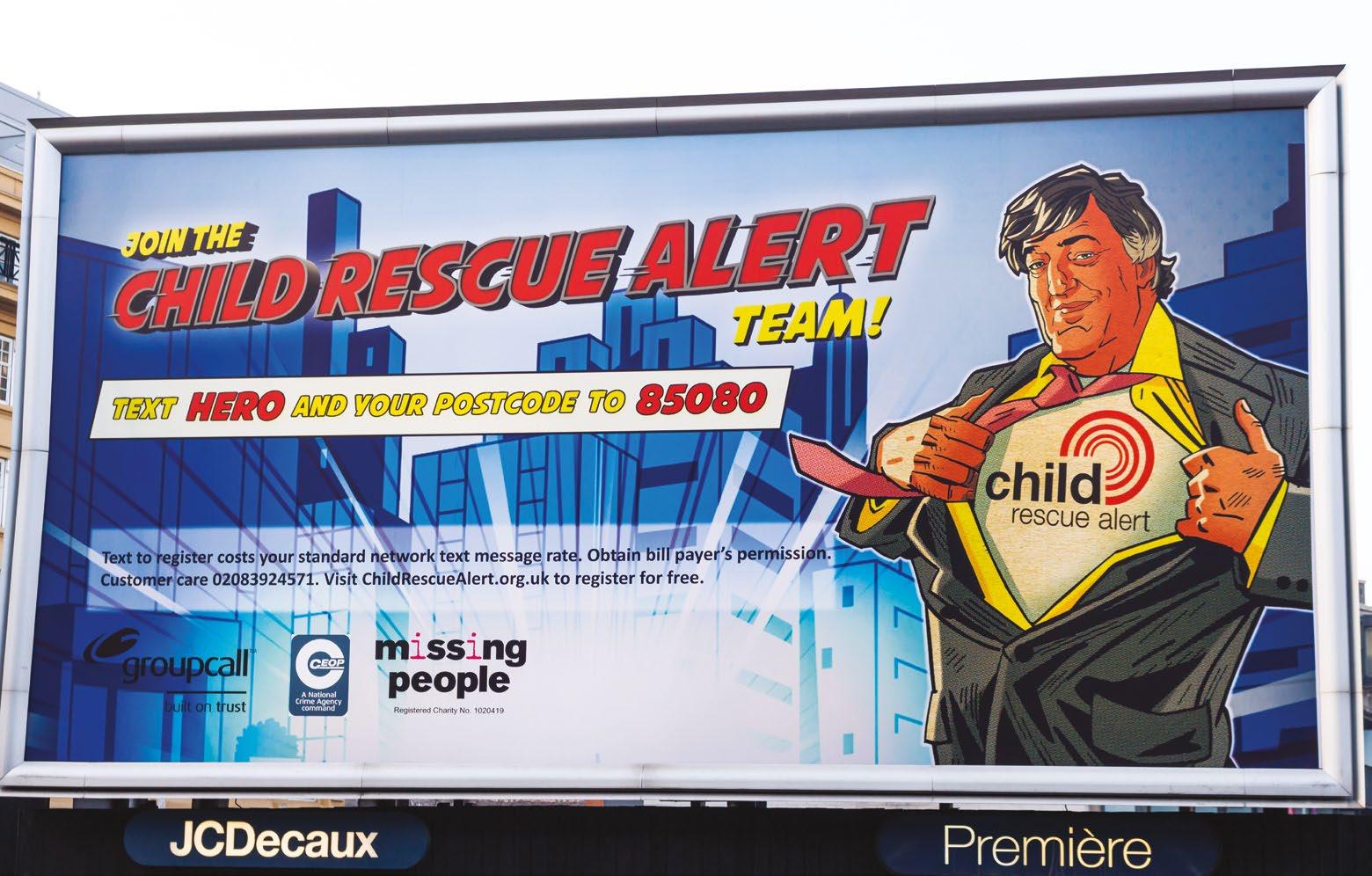
When a child goes missing, possibly abducted, every minute counts. Rapidly disseminating information – such as a car registration or description of a person – to the public, police forces and organisations can prove vital in rescuing the victim. Many countries have alert systems, like the USA’s well-known Amber Alert. The dream was for a UK alert system that would build on best practice and the best features of systems around the world, and use stateof-the-art technology. Though our Dream Fund award of £225,000 in 2014 was relatively small, the initiative filled a crucial gap. It has been made possible by a whole gambit of partners working together, including tech giants like Google and most police authorities in England – all co-ordinating their efforts when a child goes missing. Child Rescue Alert is now part of mainstream police operations and remains in use today, with many thousands downloading the app.
missingpeople.org.uk
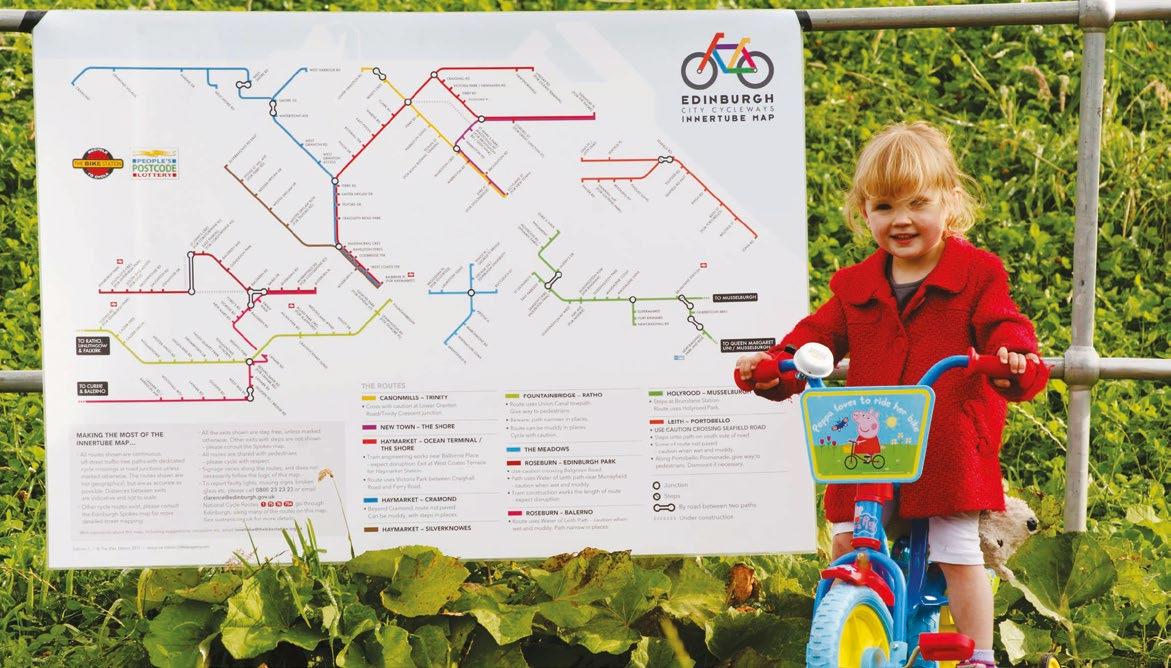
Above: Winner of the #Dreamwheelchair competition Hannah Bishop, centre, with actress and campaigner Samantha Renke and Whizz-Kidz patron Tom Fletcher Below and right: Edinburgh’s Dovecot Studios hosted a Make Fashion Circular workshop for RSA Student Design Awards entrants; luxury fashion house Burberry is among the core partners of Make Fashion Circular
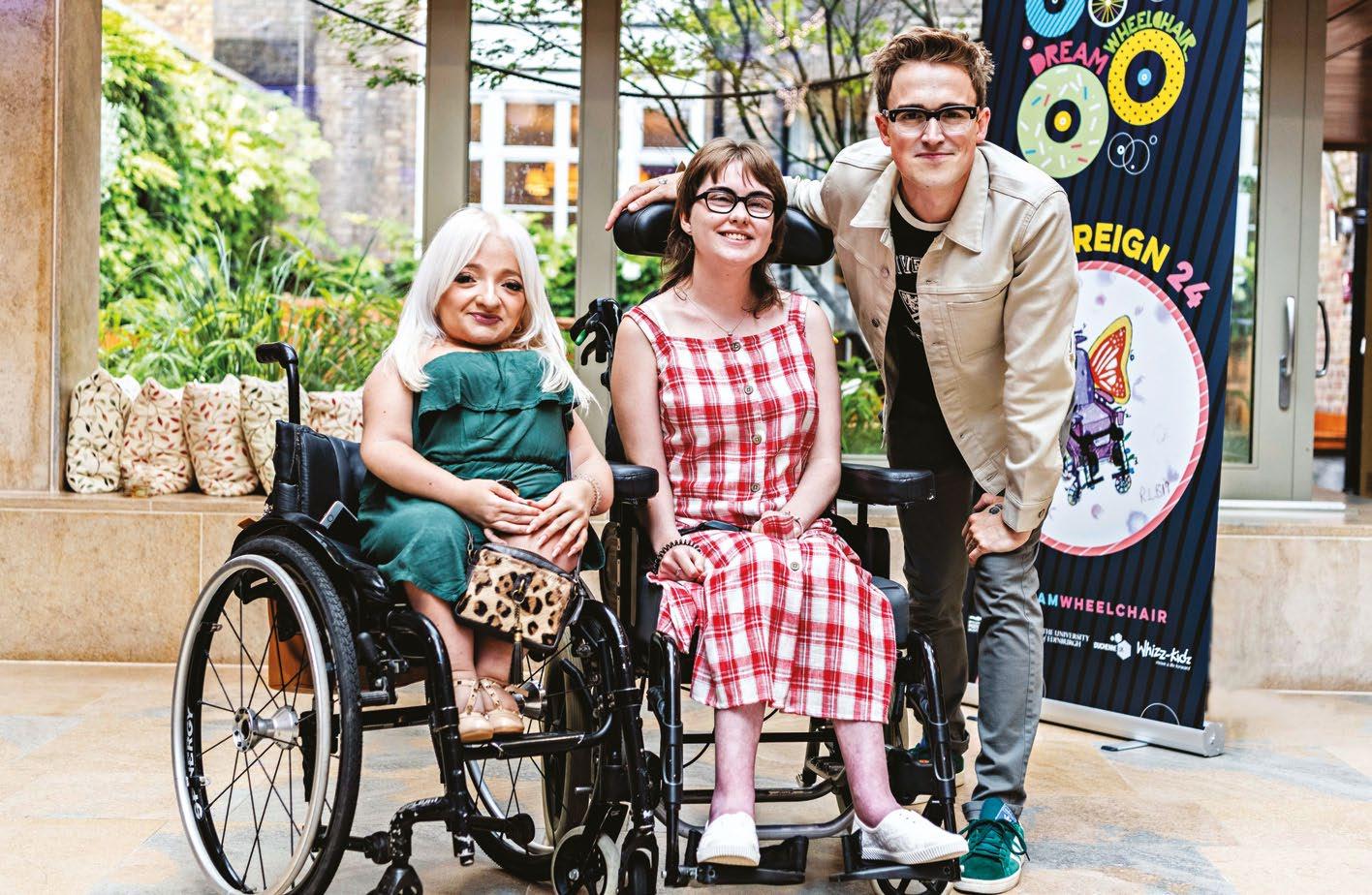
4MAKE FASHION CIRCULAR
LED BY: ELLEN MACARTHUR FOUNDATION
Fashion is a big part of daily life, but the way clothes are made and disposed of these days is wasteful and polluting.
Awarded £1 million in 2019, Make Fashion Circular seeks to fundamentally rethink and transform the textiles economy, placing sustainability at the heart of it. Bringing together some of the biggest names in fashion, the initiative is stimulating innovation to remove plastic and other unsustainable materials from the production process.
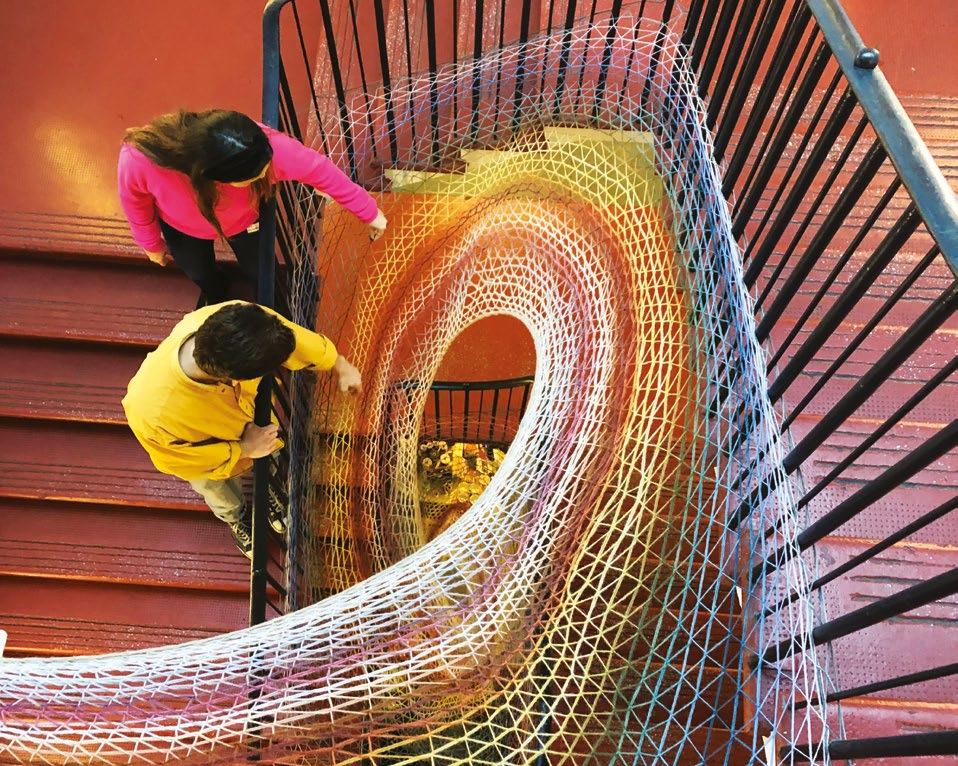
The scale of the project, its ambition and the potential for long-term impact particularly resonated with the judges. Its system change approach is aimed at a very high level and enjoys influential support from prominent players in the industry and beyond.
ellenmacarthurfoundation.org
3WHEELS OF CHANGE
LED BY: WHIZZ-KIDZ
In 2018, Whizz-Kidz and its partners Duchenne UK and University of Edinburgh were awarded £1 million to develop a state-of-the-art powered wheelchair especially for children.
Created with the input of world leading experts as well as young users (via a design competition), the innovative, modular wheelchair is designed to grow with the child. The hope is that it will radically improve their quality of life and their ability to engage with the world around them… along with being a ‘cool’ piece of kit, thereby addressing the stigma of disability.
The project partnership is thriving and is currently working on designing and building the prototype, which will soon be available for a wider launch.
whizz-kidz.org.uk
GETTY IMAGES
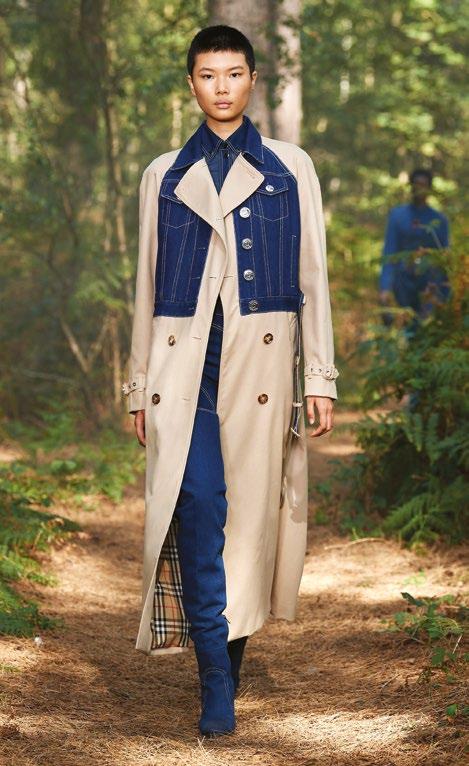

5WILDER BLEAN
LED BY: KENT WILDLIFE TRUST
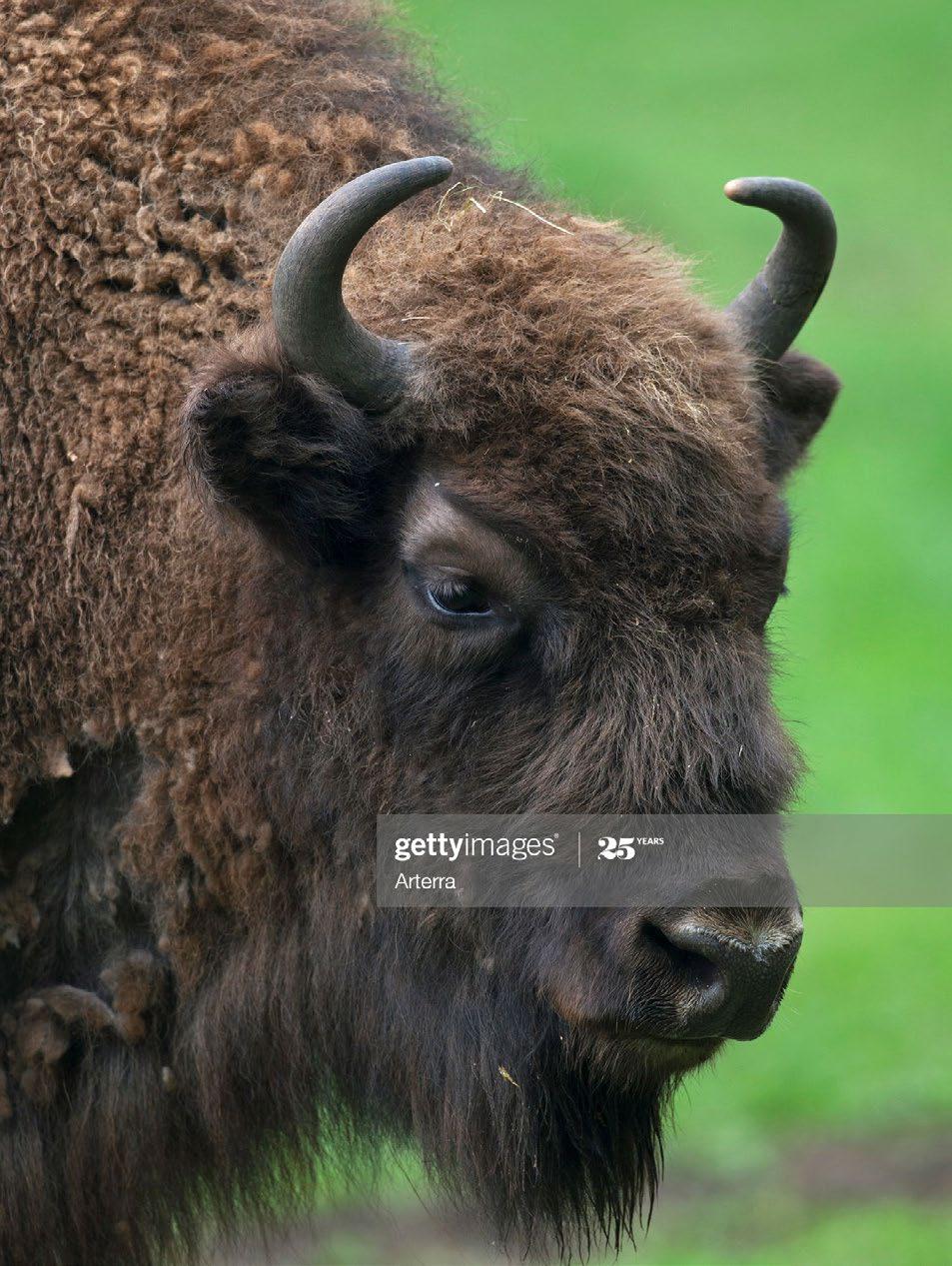
Bison are coming to West Blean Wood near Canterbury in Kent, thanks to a £1.125 million Dream Fund award in 2020. As part of an ambitious woodland wilding project, Europe’s largest land animal will be reintroduced to Britain for the first time since going extinct here thousands of years ago.
These huge herbivores are ecosystem engineers – their grazing naturally creates and improves habitats for other species, so encouraging biodiversity and acting as an alternative to management by humans. Their introduction at West Blean will create a public attraction at the same time, and the hope is to replicate the work at other sites across the country. We’re sure this fascinating project has scope for significant success over the longer term.
kentwildlifetrust.org.uk/wilderblean
LESSONS LEARNT ALONG THE WAY
Dream Fund projects are chosen for being bold and innovative. But with blue skies thinking also comes greater risk. This is often one of the key reasons why a funded project might not always go to plan. And occasionally the most challenging aspects of delivering a project only come to light after funding has been applied for or awarded. Ultimately, thorough pre-planning reduces the potential for an initiative not to work.
Other reasons relate to the very nature of partnership working, which brings great benefits but also potential pitfalls. Partners might end up having incompatible expectations, or one partner might not be sufficiently equipped to contribute to the initiative. Sometimes partners simply don’t gel, especially when they have not worked together before. Dream Fund applicants go through a robust process that tests their ability to deliver, across their shared expectations and monitoring structures. With gamechanging projects, success is not always reflected in hard numbers, so having a set of relevant and measurable KPIs is crucial. We ask winners to stay in regular contact with and report back to the Dream Fund team. ■

